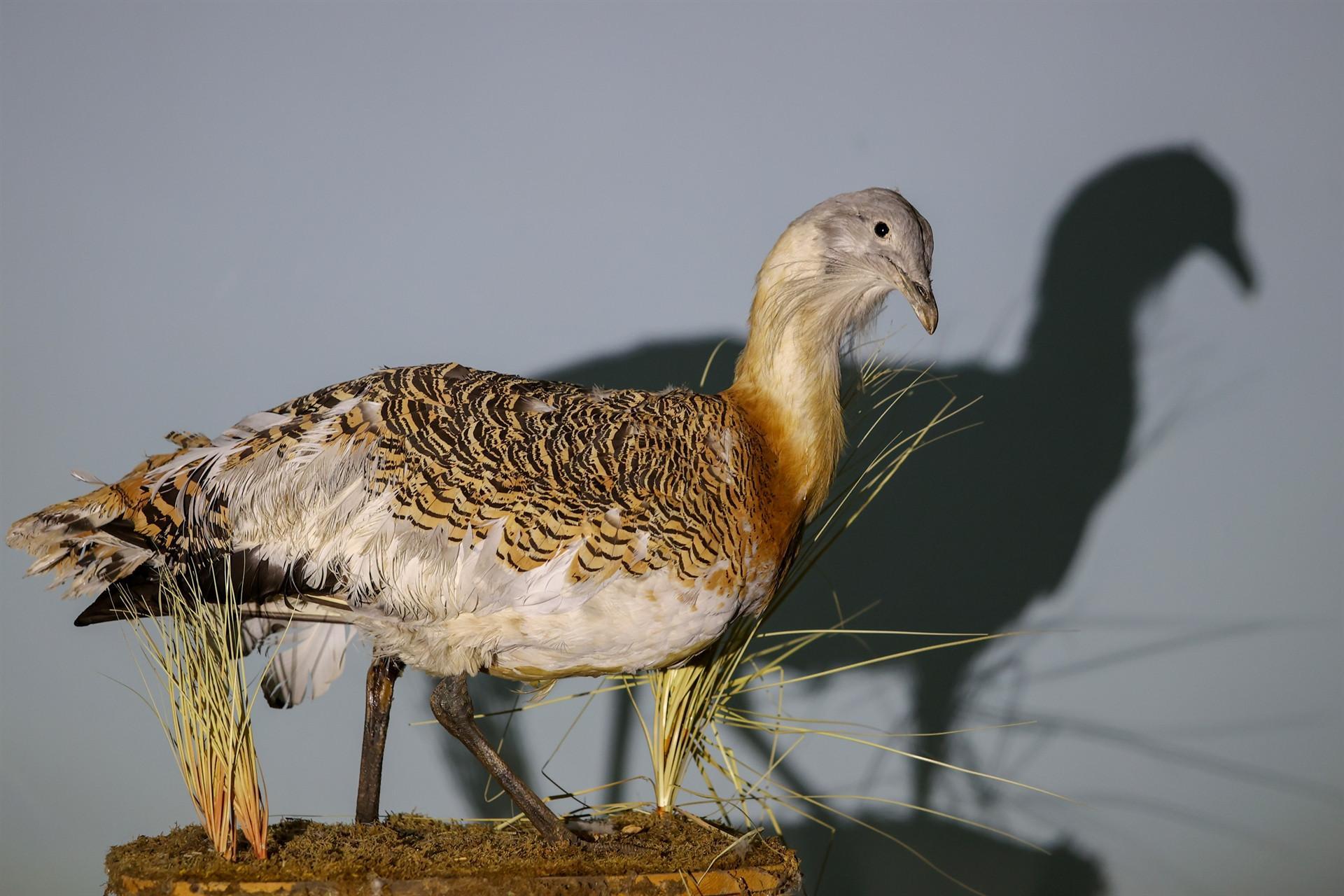
With the efforts of taxidermists from Yüzüncü Yıl University (YYÜ), rare wildlife species that were found dead in nature or who died during their treatment in the eastern province of Van will be preserved through the method of taxidermy to exhibit them in a nature museum in order to bring them to future generations.
In the YYÜ Wild Animals Protection and Rehabilitation Center, the only center in Van, Muş, Bitlis, and Hakkari where sick or injured wild animals are treated, works have been initiated to introduce taxidermies of wild animals under protection to future generations.
In this context, the director of the center, Professor Lokman Aslan, literally “animates” wild animals shot by hunters or who died for various reasons with the art of taxidermy (animal stuffing). He has so far performed taxidermy on 25 animal species such as lion, partridge, bustard, bearded vulture, griffon vulture, otter, lynx, weasel, golden eagle, wild goat, bear, red fox and wolf.
After nearly 20 years of work, the carefully prepared taxidermies of rare animals will be exhibited in a nature museum to be established within the university.
Speaking to the state-run Anadolu Agency, YYÜ Rector Professor Hamdullah Şevli said that the center, where 550 animals were treated in 2020, has become a healing center for injured or sick wild animals in the region.
Stating that they want to carry endangered animals that were found dead in nature or died during their treatment to the future with the art of embalming, Şevli said: “The center provides important service in terms of animal protection. We are reviving animals that are found rare in nature and which students will never encounter in their lives, with taxidermy art after animals die.”
“With this work, young generations will be able to see these animals here. We will make an arrangement where students can come and carry out research here. We want to create a museum where we can exhibit the taxidermies of these animals with introductory information. Our work on this subject has started. People and our students will be able to see the animals they cannot see in nature easily here,” he added.
Stating that he made taxidermies of rare animals found in nature Aslan said, “For 20 years, we have been performing taxidermy on dead animals. I aim to show that these rare animals live in the region.”
“For example, it was reported a while ago that a dead bustard, brought from Bitlis, has not been seen for a hundred years. For this reason, we take these animals that died in nature for research. Among them are species such as bustard and a bearded vulture that we see rarely,” he added.
Emphasizing that protecting wild animals in their natural environment is their priority, Aslan said, “We have so far made taxidermies of 25 animal species. Among them are the red-listed animals. While making taxidermies of them, we also show their natural habitat.”
“We are planning to exhibit these endangered animals in a nature museum that we will establish. Its infrastructure is also ready. We can advance this and turn it into an osteology museum. The bones, feathers and skin of these animals will contribute to science. The museum will serve both researchers and archaeologists,” he added.